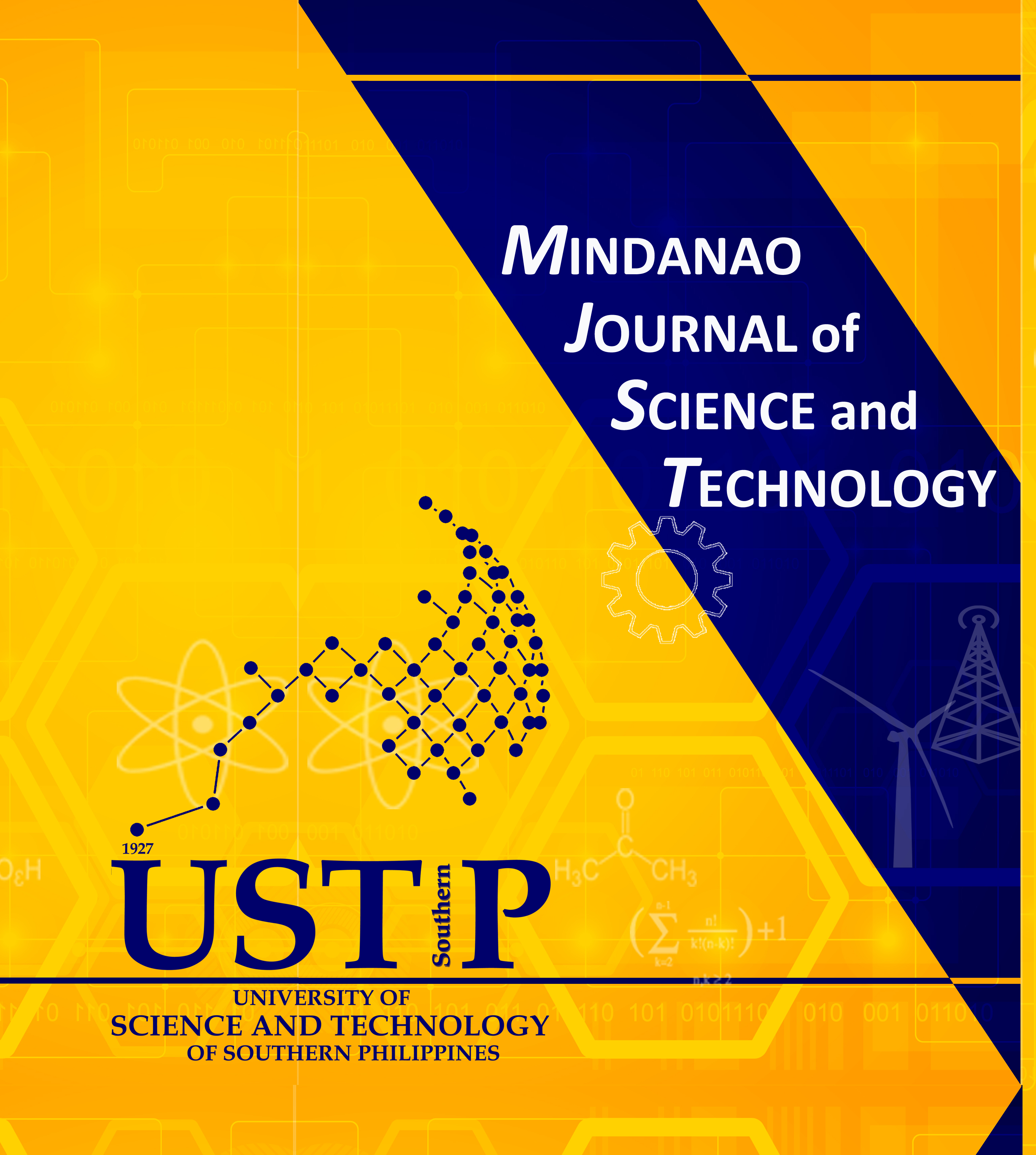Heavy Metal Contamination in Soil and Phytoremediation Potential of Naturally Growing Plants in Bagong Silang Dumpsite, Talavera, Nueva Ecija, Philippines
Keywords:
heavy metals, phytostabilization, bioconcentration factor, translocation factor, enrichment factorAbstract
This study determined the heavy metal concentration of soil of Bagong Silang dumpsite and screened the phytoremediation potential of naturally occurring plants in the area. The concentrations of the heavy metals on soil and plant samples were determined using inductively coupled plasma mass spectrometry. Soil analysis showed that lead (Pb) and chromium (Cr) exceeded the permissible level accepted by the United States Environmental Protection Agency (USEPA) regulatory standards for heavy metals in residential and industrial soil. Ipomoea aquatica, Chloris barbata and Cynodon dactylon were the most dominant plant species present in the dumpsite area. In terms of heavy metal uptake in shoots, C. dactylon was the most efficient in accumulating Pb and Cr, while C. barbata and I. aquatica for arsenic (As) and cadmium (Cd) accumulations, respectively. In terms of heavy metal uptake in roots, I. aquatica was the best in accumulating almost all the heavy metals tested except Pb. Meanwhile, I. aquatica has the capacity of As and Cd phytostabilization (BCF >1) and C. barbata of Cd phytostabilization. In this study, only I. aquatica showed an enrichment factor of greater than 1 (Cd = 1. 17). The findings of the present study showed that the Bagong Silang dumpsite is contaminated with Pb and Cr. The study also revealed that C. dactylon was an efficient translocator of heavy metals in the shoots, while I. aquatica and C. barbata were most efficient in stabilizing heavy metals in the roots. However, supplementary analysis must be done to substantiate the potential of I. aquatica, C. barbata and C. dactylon as phytoremediators of heavy metals.










